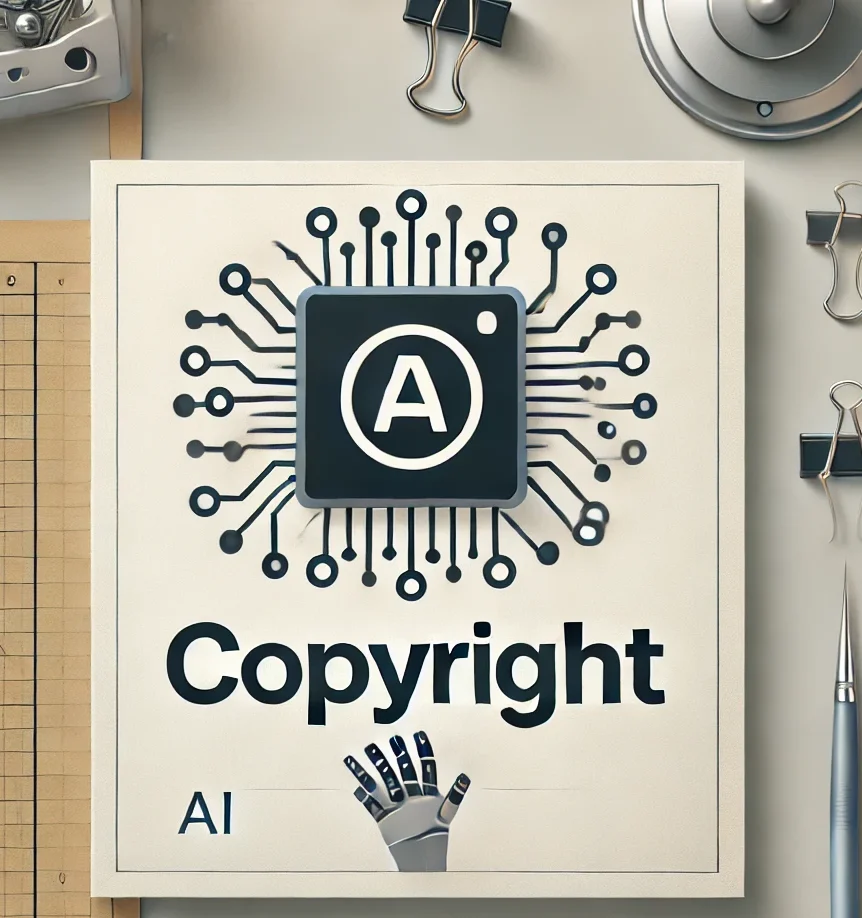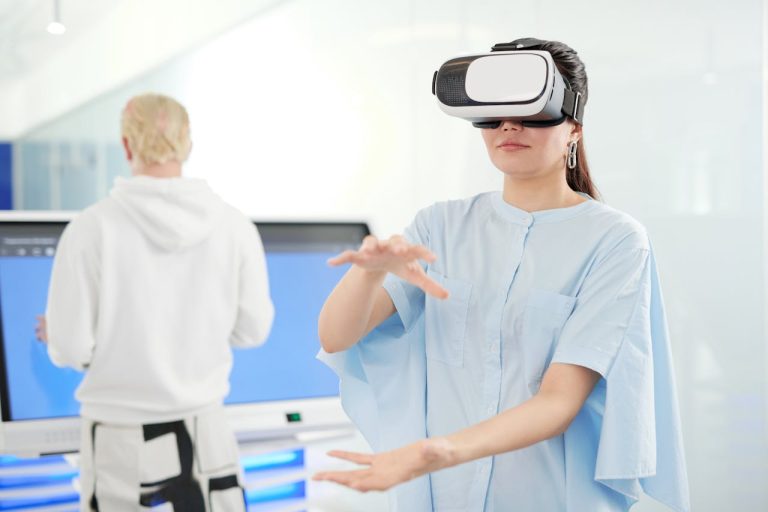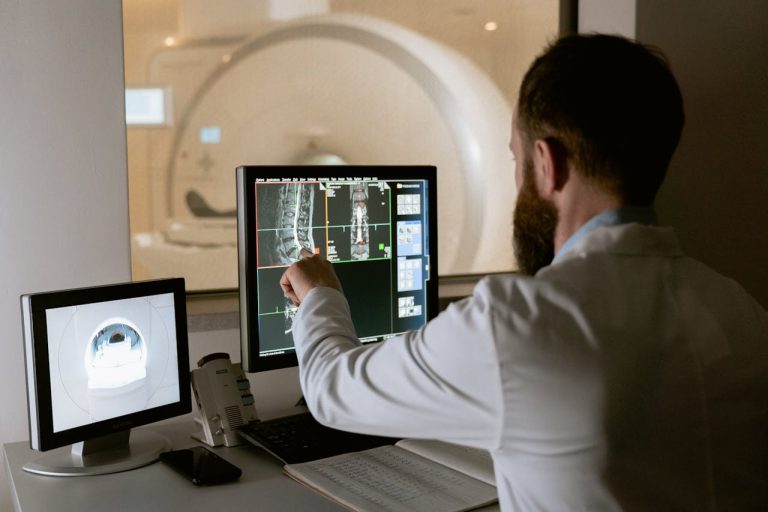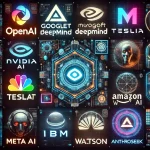AI-Generated Images Copyright: A Growing Legal Debate
AI-generated images copyright is becoming a major legal issue as the global AI-generated content market is projected to reach $25 billion by 2025, with an annual growth rate of over 35%. AI-generated images are now widely used in advertising, social media, game design, and NFTs, raising legal concerns about ownership, copyright protection, and commercial use.
However, legal frameworks vary across countries, and many AI-generated works lack clear copyright protection, leaving businesses and creators uncertain about their rights and risks.
In this article, we’ll explore the legal status of AI-generated images, potential copyright risks, and how to use them legally and safely.
1. The Legal Debate Over AI-Generated Images
Key Legal Questions:
- Do AI-generated images qualify for copyright protection? The U.S. Copyright Office has denied copyright claims for AI-generated works, arguing they lack human authorship.
- Are AI models using copyrighted material for training? Many AI tools use publicly available images without permission, raising ethical and legal concerns.
- Can AI-generated images be used commercially? Some AI platforms restrict commercial use, while others provide licensed content.
2. Copyright Status and Risks of AI-Generated Images
Who Owns AI-Generated Images?
- United States: The U.S. Copyright Office states that AI-generated images without human modification are not eligible for copyright protection.
- European Union: The EU requires human involvement in AI-generated works for copyright eligibility.
- China: AI-generated content is generally not automatically protected under copyright laws.
Legal Risks of Using AI-Generated Images
- Unauthorized Training Data → Some AI tools may generate images based on copyrighted materials, leading to infringement risks.
- Commercial Use Restrictions → Not all AI-generated images are free for business use; some platforms require specific licensing.
- Compliance Issues → Some countries may require AI-generated content to be clearly labeled to avoid misleading consumers.
3. How to Legally and Safely Use AI-Generated Images
To minimize copyright risks, it’s best to use AI tools that provide clear commercial licenses. Below is a comparison of major AI image-generation platforms and their licensing policies:
| AI Tool | Commercial Use Policy | Official Website |
|---|---|---|
| Adobe Firefly | Allowed for commercial use | Adobe |
| Shutterstock AI | Built-in copyright protection | Shutterstock |
| Canva AI | Some features allow commercial use | Canva |
| DALL·E 3 | Subject to OpenAI terms of use | OpenAI |
✅ Best Practice: Always review the terms and conditions of AI tools before using their images commercially.
4. Case Studies: AI-Generated Image Copyright Disputes
Case 1: Stability AI Lawsuit (2023)
- A group of artists sued Stability AI for allegedly using millions of copyrighted images to train its Stable Diffusion model without authorization.
- Current Status: The case is ongoing, highlighting concerns over AI training data and copyright infringement.
Case 2: Getty Images vs. MidJourney (2023)
- Getty Images sued MidJourney and Stability AI, claiming they used Getty’s stock images without permission for AI model training.
- Impact: This case has led to AI companies reevaluating their training datasets to ensure legal compliance.
5. My Perspective on the Future of AI-Generated Image Copyright
In my opinion, AI-generated images will not completely replace human creativity in the short term. High-end creative fields, such as branding and artistic design, still require human ingenuity.
However, as copyright laws evolve, I expect:
- 2025-2027: Clearer regulations on AI-generated content across different jurisdictions.
- 2028 and beyond: The potential development of a global AI content copyright registration system to protect digital creators.
6. Practical Guide: How to Use AI-Generated Images Legally
✅ Before Using AI-Generated Images:
- Select AI tools that allow commercial use (e.g., Adobe Firefly, Shutterstock AI).
- Check the AI platform’s terms and conditions to ensure compliance.
- Avoid AI-generated images containing logos, celebrities, or copyrighted elements.
✅ When Using AI-Generated Images:
- Label AI-generated content when required by law or platform guidelines.
- Attribute AI-generated images when necessary (e.g., OpenAI’s DALL·E 3).
✅ Alternative Image Sources:
- Licensed stock image websites (e.g., Shutterstock, Adobe Stock).
- CC0 license-free image platforms (e.g., Unsplash, Pexels).
What Do You Think About AI-Generated Image Copyright?
The legal landscape for AI-generated content is still evolving. Do you believe AI-generated works should be copyrightable? Share your thoughts in the comments below!
👉 If you found this article useful, share it with your network!







